Tires are expensive to replace and repair, so effective tire storage is important. This guide will show you how to store tires to keep them from dry rotting or deteriorating.
Storing tires can be a frustrating task due to their size and the extra steps needed to keep them in good shape. However, you might not have a choice if you have a set of winter tires for your car. If you’re clueless of where to start, you’re not alone. Many of our storage customers don’t know how to store tires and come to use for advice.
It’s not uncommon to see tires stored outside without so much as a cover, but it’s likely these tires aren’t used on a road vehicle. If they are, their safety has been compromised in a major way. People also keep tires in garages that are exposed to big shifts in temperature. This solution is also not ideal.
Tires will degrade eventually, but there are things we can do to delay the process. Tires are sensitive to weather, sun, temperature, and time. The best way to store tires is in a dry, cool environment that will slow down the aging process. Keeping a fresh set of tires in the right conditions could add years to their life.
These tire storage tips will show you how to prevent dry rot and keep tires in excellent condition.
It’s important to remove any traces of asphalt, dirt, and brake dust from the tires before storing. However, not all soap and methods of cleaning are created equal. Products specifically marketed for cleaning tires might not be appropriate in this case. Check the label. Avoid cleaning products with petroleum and all tire dressings. These products can be corrosive if your tires will be out of service for a few months or more.

Some argue that UV rays are the biggest factor in tire aging. Direct sunlight can heat the rubber and cause premature deterioration. The UV rays penetrate the rubber, dry it out, and eventually breakdown the rubber compounds. The best way to keep tires from dry rotting is to limit sun exposure whenever possible.
Find a cool and dry environment to keep your tires. You want to locate a place where the temperature and humidity remain consistent throughout the duration.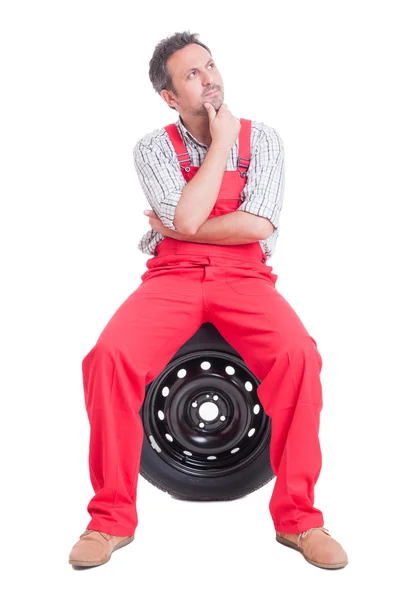 Dips or hikes in either of these can result in premature tire aging. Storing tires in a consistently warm environment is not good for the rubber, but it’s also not good to keep tires in freezing temperatures.
Dips or hikes in either of these can result in premature tire aging. Storing tires in a consistently warm environment is not good for the rubber, but it’s also not good to keep tires in freezing temperatures.
Aside from sunlight, the next leading tire deteriorator is oxygen. Some things in storage require airflow to breathe and stay in good condition. Tires, on the other hand, do better when they are vacuum sealed in plastic. An airtight space prevents oxygen from reaching the tires, slows down the oxidation process, and prevents the oil from evaporating and drying out the tires. Remember to wrap each tire individually for the best results.
Remember to wrap each tire individually for the best results.
Once you have a storage location, it’s important to store tires correctly. Stacking tires or hanging them can cause deformities if they aren’t moved around every so often. However, sometimes you might be forced to stack tires horizontally due to space constraints. If possible, consider the following suggestions for how to store tires.
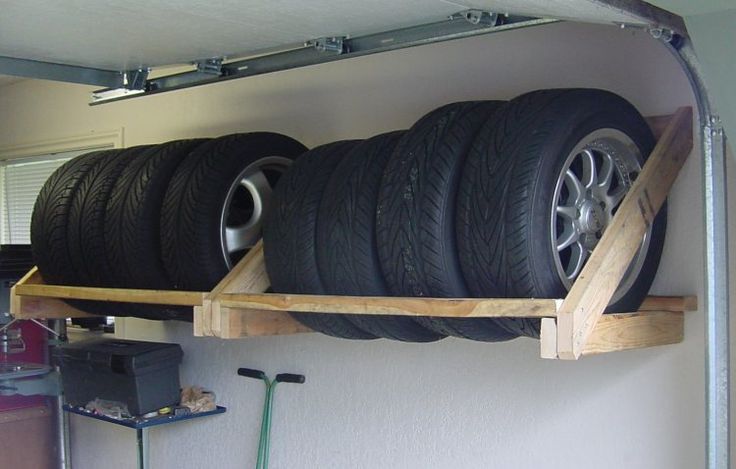
If you are storing a car for more than a couple months, consider removing the tires from the car completely. Leaving the tires on the car can cause flat spotting. If you can’t remove the tires, at the very least be sure to take the car for a ride every few months so that the tires get some use. Tires do best in service because movement keeps oil evenly distributed in the rubber, which helps prevent it from drying out.
Tires can last for several years in storage if they are stored in the right conditions. However, many tire experts recommend replacing tires six years after their production date regardless of the tread. Old tires can be compromised in other ways when the rubber compound breaks down.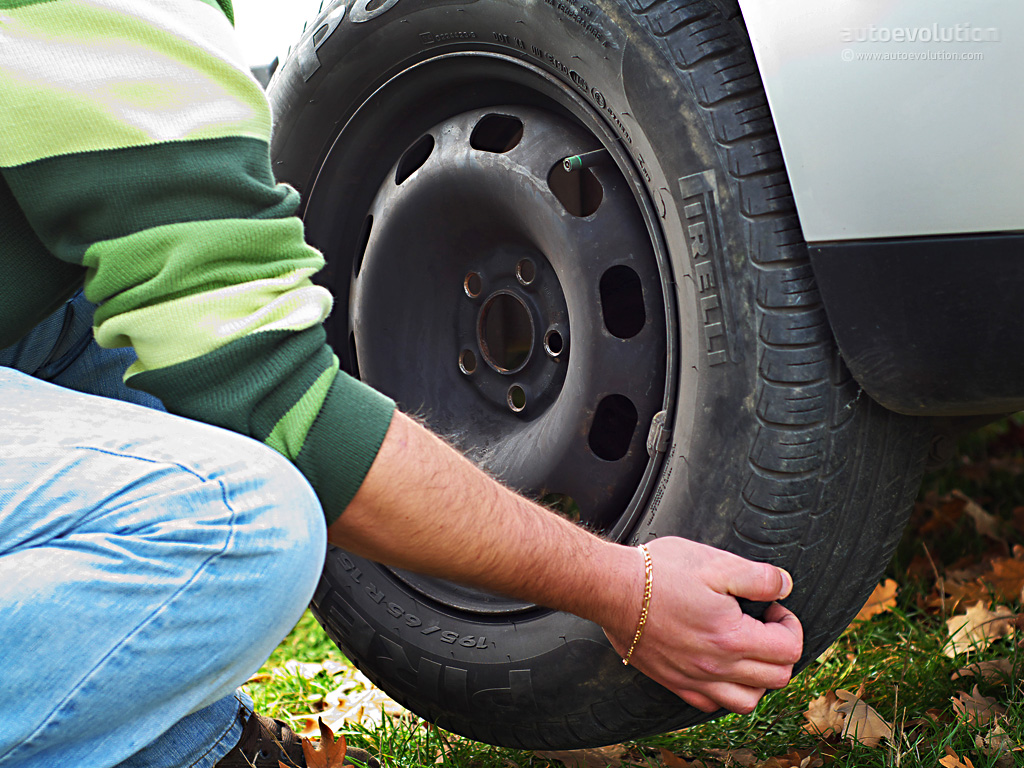
To give you another perspective, it’s like the difference between a brand new rubber band and one that’s been sitting in your desk for years. When you take your tires out of storage, make sure you look for signs of wear and check the date. If you are unfamiliar with what dry rot or crazing looks like, have a tire professional give your tires a once over.
We hope this tire storage guide taught you how to store tires with care. Make sure you keep yourself safe by following all the manufacturer recommendations and have your tires serviced at appropriate intervals.
Lauren Thomann has written about self storage and moving since 2015, making her our storage expert. She earned a Bachelor’s degree in English and Linguistics and has published over 150 articles on moving, storage, and home organization. She is also a contributing writer at The Spruce and Martha Stewart.
She earned a Bachelor’s degree in English and Linguistics and has published over 150 articles on moving, storage, and home organization. She is also a contributing writer at The Spruce and Martha Stewart.
Whether you’ve got a spare set of tires for the snow or a set for the track, anyone who’s passionate about our cars is looking for a better way to store tires in the garage.
No matter what you use your spare set of tires for, you want a good place to store them and get them up off the ground and out of the way.
How do you store tires in the garage? Most tire manufacturers recommend you store unmounted tires upright and never stacked on top of each other. Tires mounted on wheels should be either hung individually or stacked. Sun and weather can break down the runner, so tires should never be stored outside.
There are a couple of different options to store your spare set of tires and still keep your garage looking great.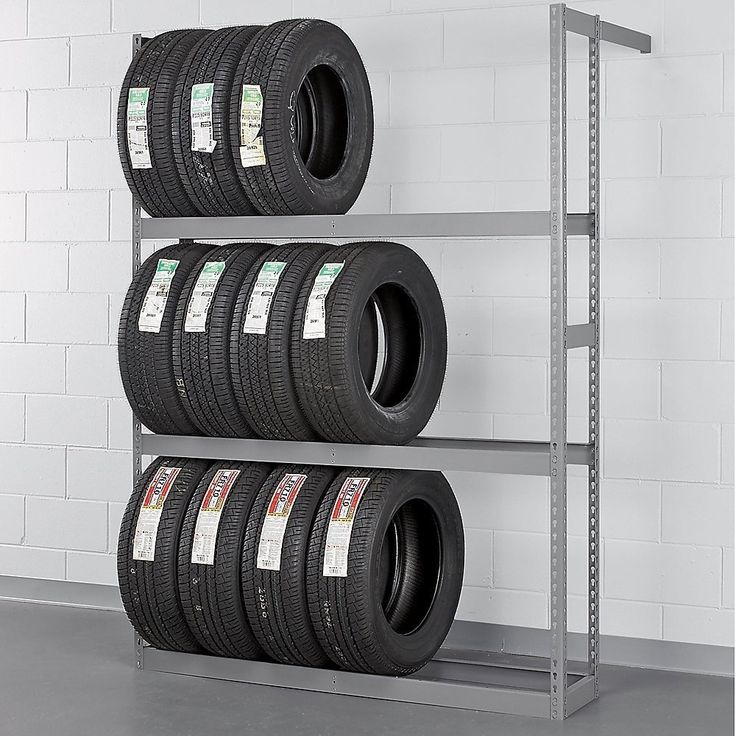 Choosing the right way to store your tires will help them last longer and perform better once you put them back on your car.
Choosing the right way to store your tires will help them last longer and perform better once you put them back on your car.
I created this handy cheat sheet below to tell you how to store your tires, whether they’re unmounted or mounted on rims.
If you like it, please share it with a friend!
I buy tires online, so I usually have to store them in my garage temporarily. For years, my first instinct was to stack them on top of each other to save space.
Even though you see it all the time in the auto stores, you should never stack unmounted tires on top of each other.
The rubber in your tires will start to flatten out under any kind of weight – even when you’re sitting in the parking lot. The longer the tires stay in one place, the more this happens.
The sidewall is the weakest part of the tire with the least amount of support. When you stack tires on top of each other, the weight will start to compress the wall of the tire. The combined weight of the tires can crush the sidewall of the tires underneath.
The combined weight of the tires can crush the sidewall of the tires underneath.
If left too long, you may not be able to mount the tire. Then your $200 tire is nothing but an oversized chew-toy for your dog.
Similarly, you don’t want to hang unmounted tires on the wall or from chains. The point where the tire rests on the hanger will gradually deform over time and the tire will be ruined.
Instead, store your unmounted tires vertically on one of the tire racks below. Manufacturers recommend rotating the tires every month to avoid flat-spotting.
Because the wheel helps support the tire’s sidewall, you store tires differently when they’re already mounted on wheels\rims.
You don’t want to store them vertically on a rack. The weight of the wheel will cause the tire to start developing flat spots faster.
The best way to store tires mounted on rims is to hang them on your garage wall.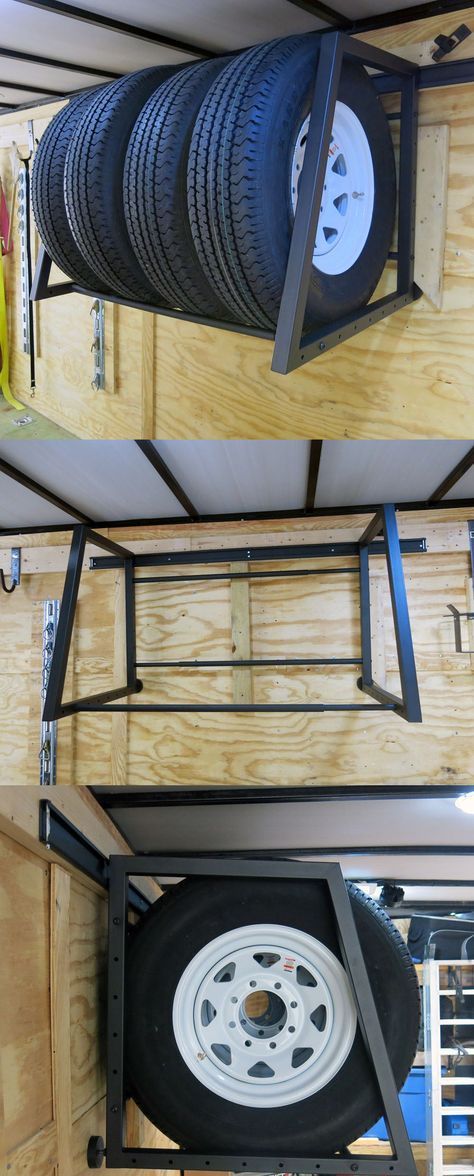 The wheel will support the weight and it’ll keep your tire in good condition.
The wheel will support the weight and it’ll keep your tire in good condition.
Another option is to stack them on top of each other, with the wheels supporting the weight.
Depending on the design of your wheels, it may be necessary to slightly lower the air pressure of the tire. However, don’t lower it below 10 psi. To keep the seal intact, there needs to be a higher pressure inside the tire than in the outside air. Anything less and you run the risk of developing a slow leak.
When cleaning the tires that final time before storage, take the time to clean the wheel as well. Use whatever cleaner works for your wheel’s finish, but be careful not to get any on the tires themselves. If you do slip up, wipe it off with regular soap and water.
You should never store tires outside.
The temperature of a tire sitting in the sun can easily reach 135° degrees Fahrenheit. There’s no danger of the tire melting, but storing your tires outside in the sun will shorten their lifespan.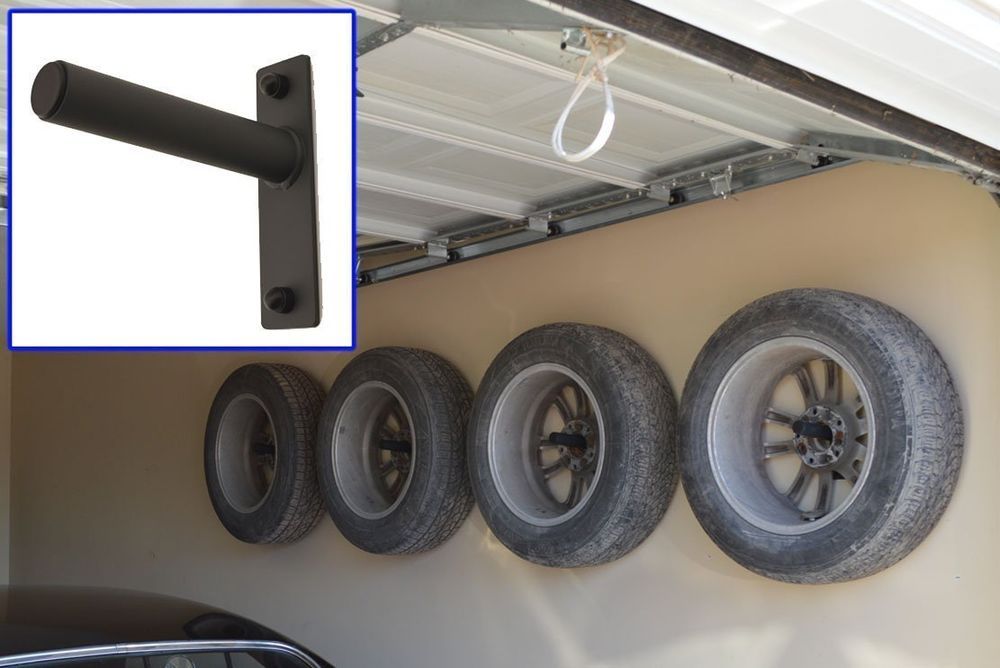
The bigger problem is the sun’s ultraviolet rays.
That’s right. The same thing that gives us sunburns is bad for your tires too.
Tires have coatings to help them expand and contract in varying temperatures. The UV rays of the sun can dry out the tires and make them weaker.
Once that happens, you’ll start to see small cracks on the tires, like in the picture above. If not caught quickly, the dry rot becomes a serious safety concern. It may even cause the tire to blowout at highway speeds and shred completely off the wheel. (source)
It’s best to store your tires in a climate controlled garage or storage area. However anywhere indoors is better than sitting unprotected and exposed to the elements.
Speaking of a climate controlled area, you should always keep your tires as cool as possible, but never anywhere it can freeze.
Rubber expands and contracts with changes in temperature. Each time it goes through that expand\contract cycle, there are chances that small cracks will form and break down the integrity of the tire.
If the tires see regular use, the oils in the rubber will disperse and help prevent any damage. If the tires are sitting in the same place, they never get the chance.
Ideally you’ll store tires in an airtight bag, but that’s not always practical. You don’t want anything that we keep on a shelf in the garage to spill on your tires (motor oil, antifreeze, fertilizer, paint, etc.).
You should never use a petroleum-based dressing on your tires, even the ones on your car. Petroleum helps to break down the natural protection in the rubber and shorten their lifespan.
Many companies have moved away from petroleum in their products. But if you’re storing your tires for any length of time, a simple soap and water cleaning is all you need.
Almost everything has an electric motor of some sort. Many of those produce ozone as a byproduct.
Air filters and ionizing air purifiers are some of the biggest culprits.
Not only is ozone a lung irritant, but it will also break down the rubber in your tires. Keep your tires as far away from electric motors as possible. (source)
Should You Clean Tires Before Storage: Yes, and this just makes sense, right? Before you put your winter tires away for the spring, you’ll want to clean off any salt or road grime that’s accumulated. Use a gentle soap and water solution only, not any tire shine or other dressings. More on that later on.
How long can you store tires in the garage? Like anything else, tires have a life span. Even storing your tires correctly, they will eventually break down and become unsafe to put back on your car. Tires have a theoretical lifespan of around ten years when stored in perfect conditions – climate controlled, dark, vacuum sealed bags.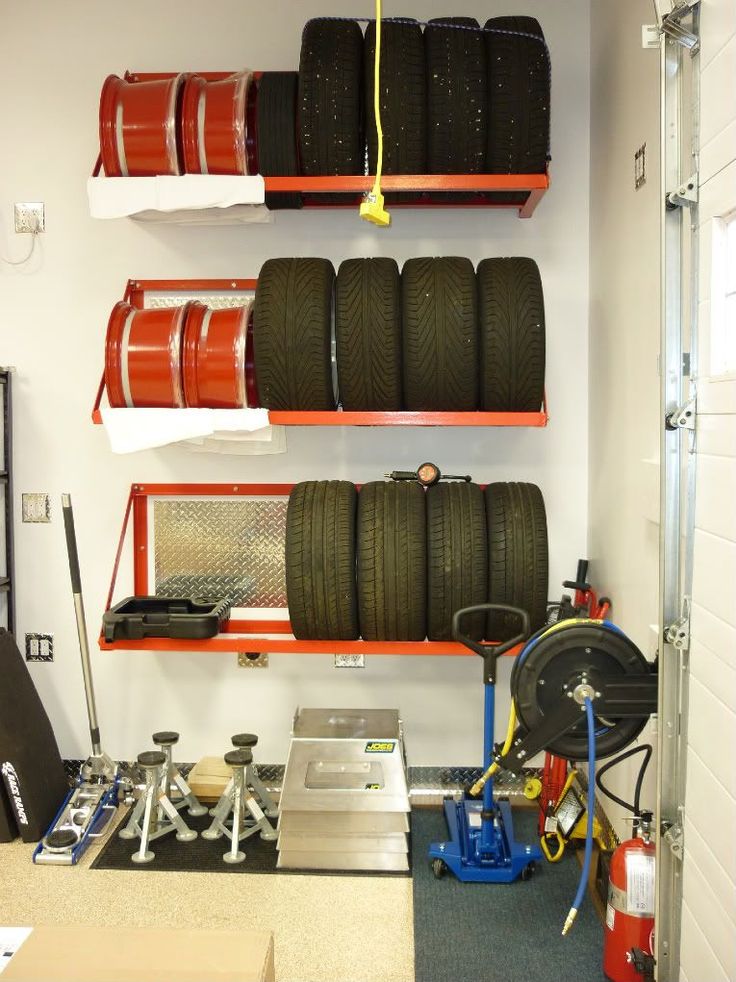 For those of us that don’t live in a lab environment, six years is more realistic.
For those of us that don’t live in a lab environment, six years is more realistic.
Do tires give off toxic fumes? The creation of rubber does involve dozens of toxic chemicals (including carbon disulphide). Oddly enough, there have been no significant studies since 1988 on exposure to fumes from rubber. That study (link to CDC.gov) did find an increase in heart disease, but couldn’t directly link it to exposure to fumes.
How do you keep tires from dry rotting? Dry-rotting is caused when the rubber compound starts to degrade. The best way to keep tires from dry-rotting is to keep them in an air-tight plastic bag and out of the sun’s harmful UV rays. I’ve said a couple of times before, but it’s worth repeating here: never use petroleum based tire dressings before you store your tires.
Even though I don’t personally have a need to store an extra set of tires, I’ve compiled a list of what I think are the best ways to store tires in the garage.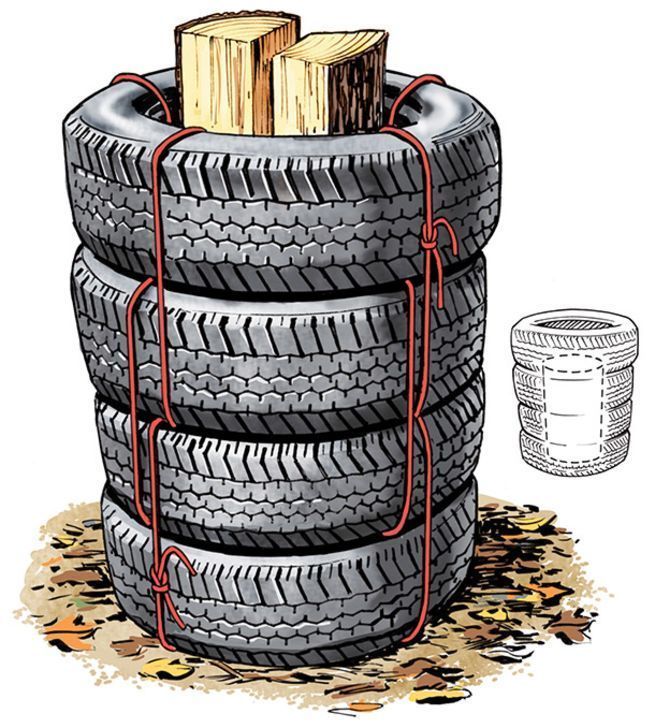
If you want to store tires mounted on wheels, then putting them on wall posts is the best way to do it.
Merrick makes hands-down the best wall mount for wheels and tires that’s still available. They’re made of heavy gauge, red-painted steel and can hold up to 220 lbs each.
You can find similar hangers on Amazon, or even use some garage wall storage systems in a pinch. However they’re not as sturdy and can only hold half as much.
The one complaint I have is that the finish is more industrial than I’d like. Griot’s Garage used to make a similar product, that hasn’t been available for quite some time.
Merrick Machine Wheel Hanger - M998070
$51.09
Buy Now
We earn a commission if you click this link and make a purchase at no additional cost to you.
10/15/2022 06:55 am GMT
For storing unmounted tires, I recommend SafeRacks tire rack.
SafeRacks is a veteran-owned company based in California that makes a lot of different storage solutions. They made their name on overhead storage but they also make my favorite tire rack as well.
Made of a 12-gauge tubular steel frame, this rack can extend up to 56″ in width and can hold up to 400 lbs.
What I love about the SafeRacks tire rack is the design. Most of the tire racks you’ll find are basic, light gauge steel with maybe a coat of red paint to set them apart. This has custom designed brackets and contrasting bars that really look amazing.
No matter how you’ve designed your dream garage, the SafeRacks tire rack will fit right in.
If you don’t have the space for a tire rack, or don’t need to store tires in your garage very often, then a tire dolly may be the solution.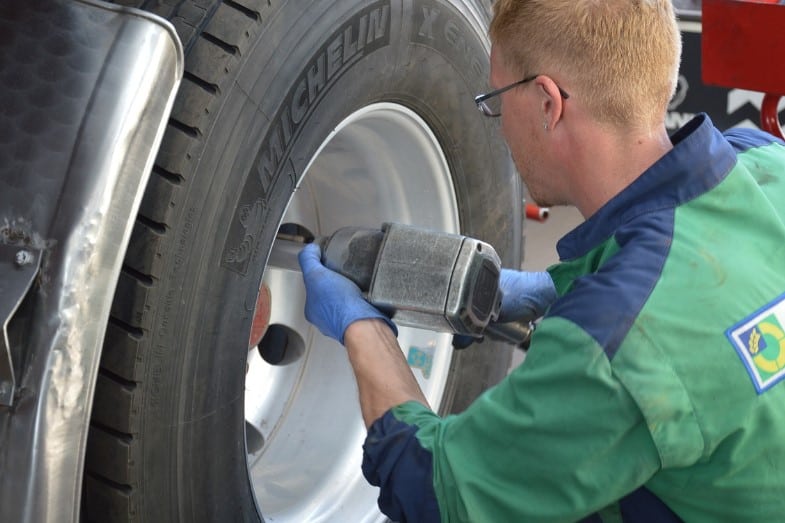
There are several different tire dollies on the market, and to be honest, most are fairly similar. The designs usually have four rolling casters, one of which will lock. There are holes to make it easier to secure tie-down straps.
What makes John Dow’s Tire Taxi special is that there are two of them.
The standard Tire Taxi (right) is designed for passenger vehicle tires and can support up to 265 lbs.. If you have a truck or off road vehicle, then you’ll want to spring for the Tire Taxi HD (left).
The Tire Taxi HD is bigger and sports a weight capacity of 552 lbs.
I’ll admit that neither John Dow Tire Taxi nor the Tire Taxi HD are the cheapest option. Far from it actually. But they’re designed for professional use, so they’re more durable than some of the cheaper options.
If you only need a tire dolly occasionally, then this is probably overkill. Instead go with the MaxxHaul 80746 to save some money. But if you want something that will last a long time and take a lot of abuse, then the John Dow Tire Taxi is the way to go.
John Dow Industries JDI-TT1 Tire Taxi
$66.77
Buy Now
We earn a commission if you click this link and make a purchase at no additional cost to you.
10/15/2022 01:19 am GMT
Consumer disputes over the age of tires have not subsided for several seasons. Buyers are excited that the warranty period for tires is limited to 5-6 years according to GOST, and after the expiration of this period, the rubber becomes unusable.
Is this really the case, read this article.
Manufacturers of most brands on their products set Shelf life is 5 years and service life is also 5 years .
The shelf life of a tire is the period during which it retains its performance when properly stored.
The end of this period does not mean that the tires have become unusable . A shelf life of 5 years is given by manufacturers because, by law, they cannot set a shelf life higher than the service life. Tires over 5 years of storage cannot be called damaged or defective, their technical characteristics may be slightly reduced. American researchers argue that the period of storage of "shoes" must be at least 10 years. Experts from Germany are sure that it cannot exceed 6 years.
The expiration date of tires is the warranty period during which the manufacturer is responsible for the quality and condition of the tire if it was used for its intended purpose without violating the operating rules.
According to Russian legislation (GOST 5513, GOST 4754-97) , the service life of tires is 5 years from the date of manufacture.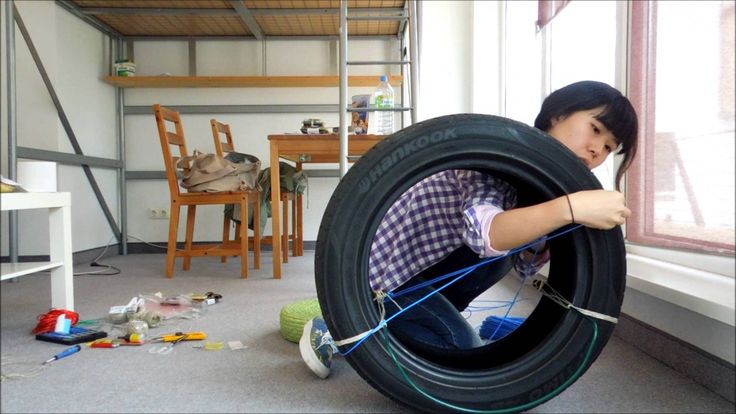
How can I find out the date of manufacture of tires?
You can find out the age of tires by a special DOT code. Tires manufactured after 2000 in the DOT code contain two pairs of numbers, where the first pair indicates the week number of the year, and the second pair indicates the year. Earlier tires before 2000 have 3 numbers in their composition, where the first two digits are the week number, and the last one is the year (see the transcript in the photo).
Determination of the average shelf life of a tire according to GOST and operating conditions.
- The symbol ZR denotes tires for high-speed cars. They are recommended to be used at speeds over 240 km/h. up to 6 years
- Tires with the H symbol are used at a maximum speed of 210 km/h. within 5 years.
- The sign S symbolizes the maximum permissible speed of 180 km/h. and operational period of 4-5 years.
Most tire manufacturers do not agree that tire life is limited to 5 years.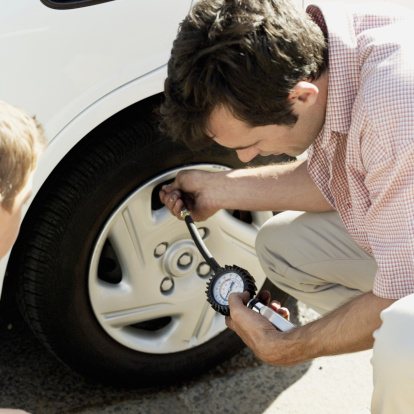 Each company has its own opinion on this matter. We analyzed several of them and the information they posted on their official websites.
Each company has its own opinion on this matter. We analyzed several of them and the information they posted on their official websites.
Michelin
The French tire manufacturer Michelin has become famous for its active fight against the perception of the rapid aging of tires as a perishable product. Her information campaign "Tires Are Not Bananas" created a lot of noise in the automotive environment. According to the representative office, several test trials were carried out in Saudi Arabia, South Korea and Germany. As a result of testing, no difference was found between new tires and tires stored for 3 years. They were tested for various characteristics such as rolling resistance, high speed durability, etc. Tires with a year life were approximately equal in performance to 10-year unused tyres.
Michelin focuses the attention of car owners on the fact that tires are not a perishable product, their shelf life is not as important as the service life is important, starting from the date the tires are installed on the rims.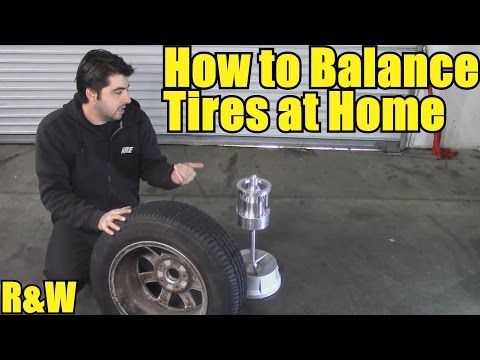 It is from this moment that the tire is subjected to all tests: pressure, temperature changes, wear, contact with uneven and sharp coatings, etc.
It is from this moment that the tire is subjected to all tests: pressure, temperature changes, wear, contact with uneven and sharp coatings, etc.
Continental
On the Russian official website of Continental, we found the following information on the expiration dates of tires.
“When a tire is stored in the correct position and under the recommended conditions, it will not lose its original balanced performance for 5 years from the date of manufacture of the tire.
A properly maintained, unused tire less than 5 years old can be sold as a new tire and used normally.
Continental recommends replacing all tires (including spares) with a sidewall date greater than 10 years.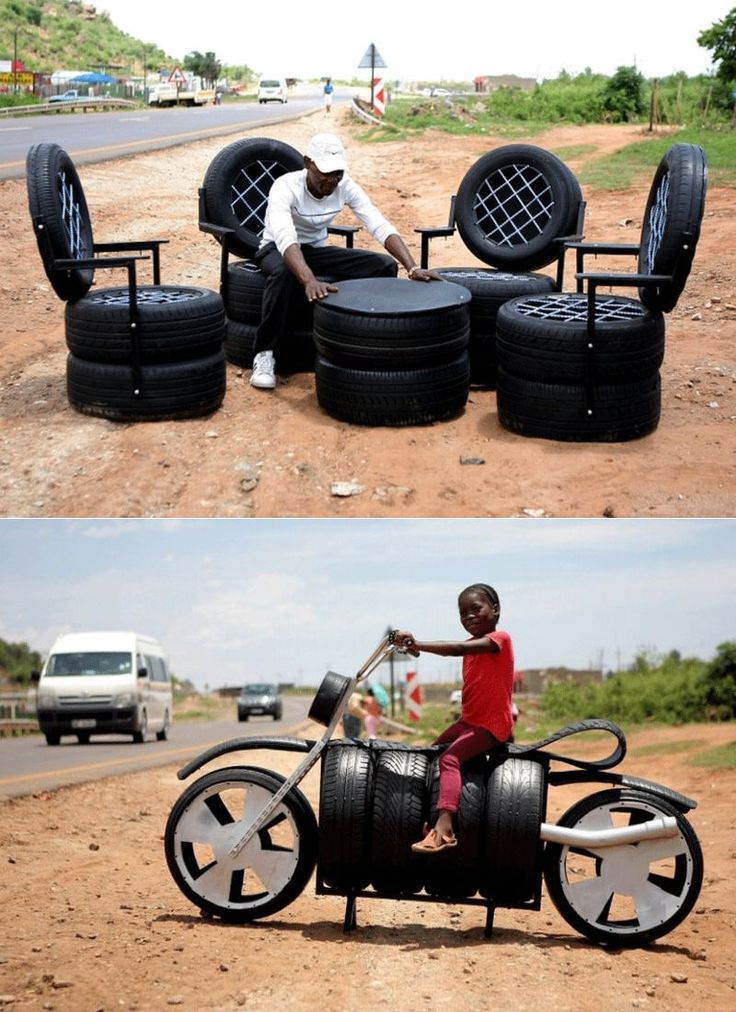
Nokian
The following information is posted on the Nokian official website:
“Tire life is not defined by law, but tires can only be considered “new” if they have been manufactured within the last five years. The recommended service life of tires is six years and the recommended maximum period is 10 years.
The opinion of our specialists, based on many years of experience, coincides with the opinion of manufacturers: the shelf life is 5 years + the service life is up to 10 years. Moreover, more "adult" tires, in our opinion, are of better quality.
To keep tires as long as possible, they are stored in compliance with all rules and recommendations. The main condition is a cool, ventilated, darkened room away from oils, paints, ozone, and heat sources.
Rubber products tend to lose their performance over the years. To prevent and slow down this process, manufacturers add polymers to the rubber compound. They prevent oxidative processes that occur due to the interaction of protectors with oxygen and ozone.
They prevent oxidative processes that occur due to the interaction of protectors with oxygen and ozone.
The following are the main conditions for the proper storage of tires in accordance with GOST 24779-81:
Maintaining a constant regime without sudden jumps, slight temperature fluctuations from -30°С to +35°С are allowed;
Provide a low humidity level of 50-80% in a dry, ventilated cool room;
Avoid direct sunlight, use darkened hangars, shield heat sources;
Keep away from sources of heat;
Tires should not come into contact with corrosive, copper materials.
Avoid kinking, loading or positioning on an uneven surface.
Avoid contact with oils, organic solvents, acids, alkalis, fuels and lubricants on the tire surface. It is forbidden to lay tires on a wet and dirty surface.
In the warm season, when storing tires outside, they should be covered with light-tight material and raised above ground level to ensure ventilation and prevent the occurrence of the greenhouse effect.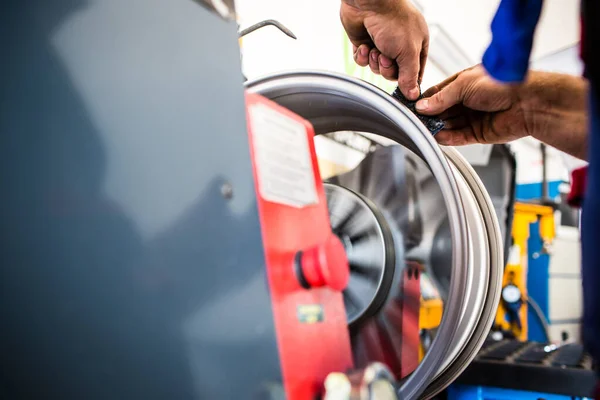
Storage on reflective, light and heat absorbing surfaces is prohibited.
Keep away from chemicals, oils, paints, open flames, electric motors that produce ozone.
Used tires must be washed and dried.
Tires without rims should be stored upright.
The service life depends on many factors: the load on the car, the quality of the roads, the driving style, the distance traveled, tire damage, etc. To increase their service life, follow these rules:
Check tire pressure every 2-3 weeks. With reduced pressure, tire wear increases by the equivalent of a % reduction. For example, a 15% reduction in pressure can result in a 15% reduction in service life. Inflated tires are less scary.
The wear of the front tires is always significantly higher than the rear ones, so it is recommended to swap them after some time, carefully watching the direction of the tread pattern and the direction of rotation.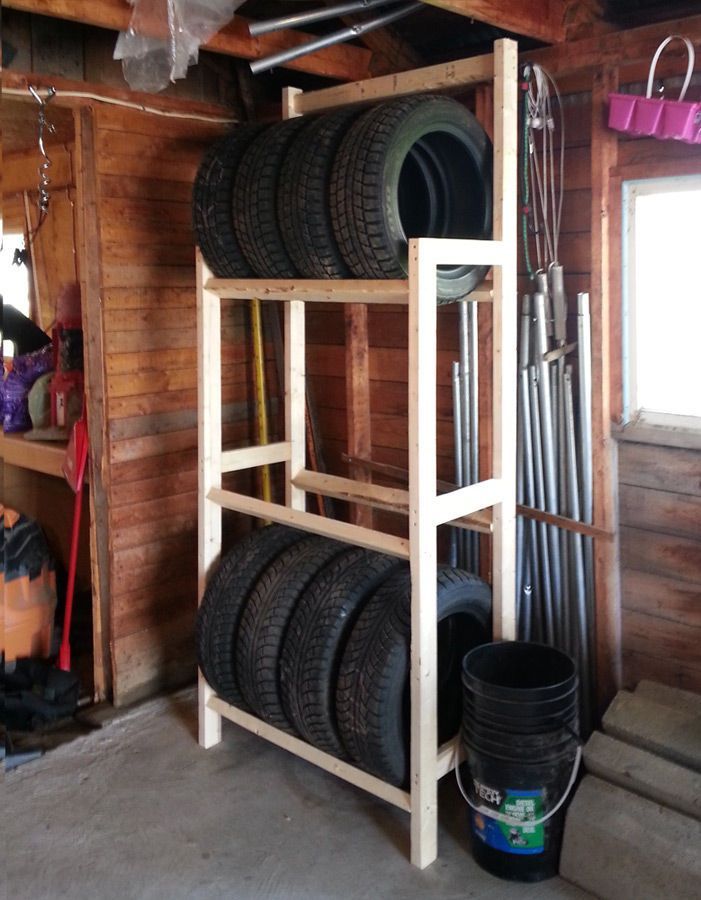
Proper alignment of tires in relation to rims. If the direction is not the same, then performance is significantly reduced.
To prevent damage to the sidewalls of tires, avoid close proximity to curbs and high ledges.
Wash off dirt from the surface of the rubber and from deep grooves with special cleaning agents.
Adhere to an even driving style without harsh brakes and quick starts.
Do not overload the car beyond the norm. 20% excess weight leads to a 30% loss of tire life.
Keep the wheels balanced and check the alignment angles annually.
The main condition for a long tire life is:
- high quality products,
- careful operation,
- proper storage of tires in the off-season,
- timely diagnosis.
The age of tires in standard storage is a minor non-determining factor that should not be taken into account when buying them.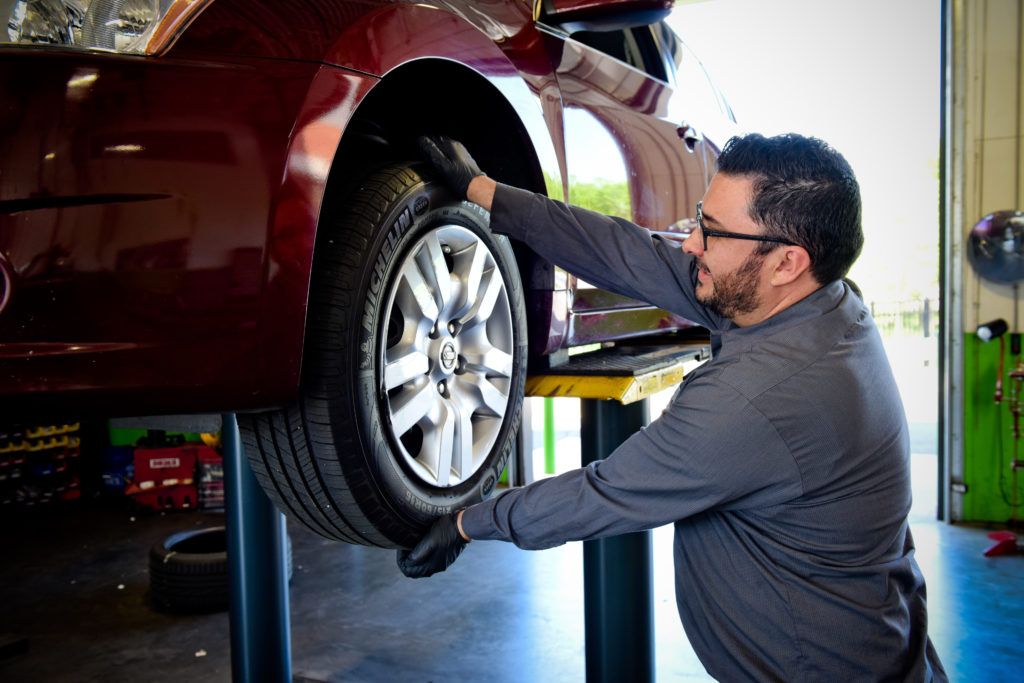
Previous article Next article
An idle car is bad for his health. Even if it was stored in a warm garage. The machine is aging, and even faster than with moderate use. Therefore, experts recommend that during a long parking period, once every couple of months, make trips. In the event of a long downtime, it is necessary to prepare the car for the trip.
Modern technical fluids have high consumer characteristics. Engine oil can only be stored for a long time in its original packaging. However, when poured into the engine, it begins to oxidize. For this reason, manufacturers recommend changing the oil when the mileage reaches 10-20 thousand km, and just after a while: after 1 year. A downtime of the engine also leads to the fact that stratification of fractions occurs in the oil. As a result, it resembles a layer cake, no longer lubricates and cools. It is not possible to visually check the condition of the oil. If the car has been immobilized for more than a year, then it is better to change the lubricant before starting the engine. You can’t save on it - the motor can fail.
If the car has been immobilized for more than a year, then it is better to change the lubricant before starting the engine. You can’t save on it - the motor can fail.
Automotive oil in the gearbox and gearbox is less susceptible to aging. But if the downtime of the car was more than two years, then it is better not to rack your brains and change all operating fluids.
The brake fluid also ages. It is hygroscopic and, despite the apparent tightness of the system, slowly draws water. Also, microparticles of rubber and rust appear in it. Even without a long stop, preventive fluid replacement is required. If this is not done, then souring of the brake cylinders is possible. A water content of more than 3% is considered critical. In this case, there is a danger of liquid boiling: bubbles form in it, the required pressure is not provided and the braking efficiency drops catastrophically. The state of the brake fluid can be checked at the technical center of the FAVORIT MOTORS Group of Companies: with the help of a special tester, the masters will check the condition of the fluid.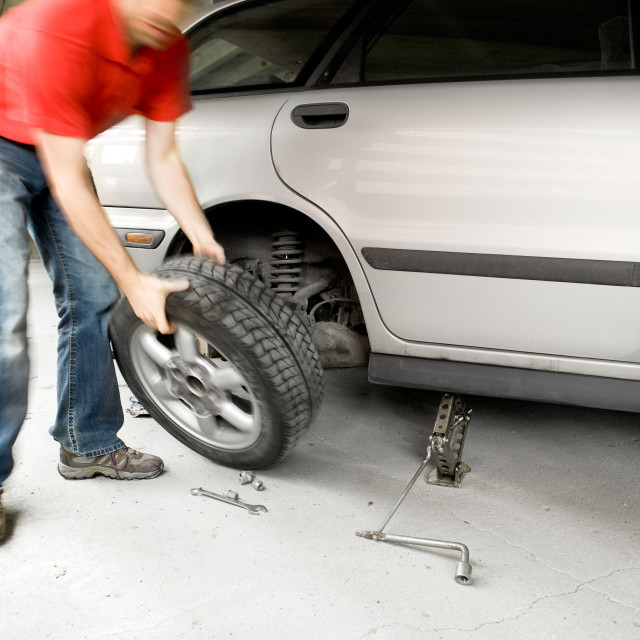
Long-term parking affects the brake discs, which are covered with rust. There is no particular crime in this: red spots are noticeable after a week of parking, and disks need more than a dozen years to fail.
However, rusty brake discs do not perform well and need to be cleaned. This is done simply: at a speed of 20-50 km / h, you need to lightly press the brake 2-4 times. Experienced drivers use both feet: the right foot is pressed on the gas, and the left is gently applied to the brake.
When laying up the car, you need to fill approximately 75% of the fuel tank. If the tank is empty, then moisture begins to accumulate on the walls, which flows down. Metal tanks begin to rust. On the other hand, fuel must not be poured “under the neck”: in the heat, the fuel expands, which can lead to deformation of the container and leakage. The shelf life of gasoline is 5 years, but this applies to fuel poured into underground tanks. Taking into account temperature fluctuations, the shelf life drops to 1-1.5 years. At the same time, it is necessary to take into account Russian realities: the fact is that the octane number of gasoline is often increased by adding additives. It is they who quickly collapse, and the filled gasoline, after six months, may not correspond to the prescribed level. Then starting the engine will be accompanied by detonations, the engine will triple.
Taking into account temperature fluctuations, the shelf life drops to 1-1.5 years. At the same time, it is necessary to take into account Russian realities: the fact is that the octane number of gasoline is often increased by adding additives. It is they who quickly collapse, and the filled gasoline, after six months, may not correspond to the prescribed level. Then starting the engine will be accompanied by detonations, the engine will triple.
With diesel fuel, the situation is even worse. At a temperature of +20 C 0 , it is stored for more than a year. Temperature +25-+35 С 0 reduces the lifetime to 6-12 months. Then irreversible changes occur: diesel fuel begins to oxidize, solid formations appear in it, which clog the filter and disable the expensive high-pressure pump.
Therefore, if the car has been standing for a long time, for example, in grandfather's garage, then the fuel is completely changed. After 3-5 months of parking, additives are added before starting to increase the octane number of gasoline and remove moisture.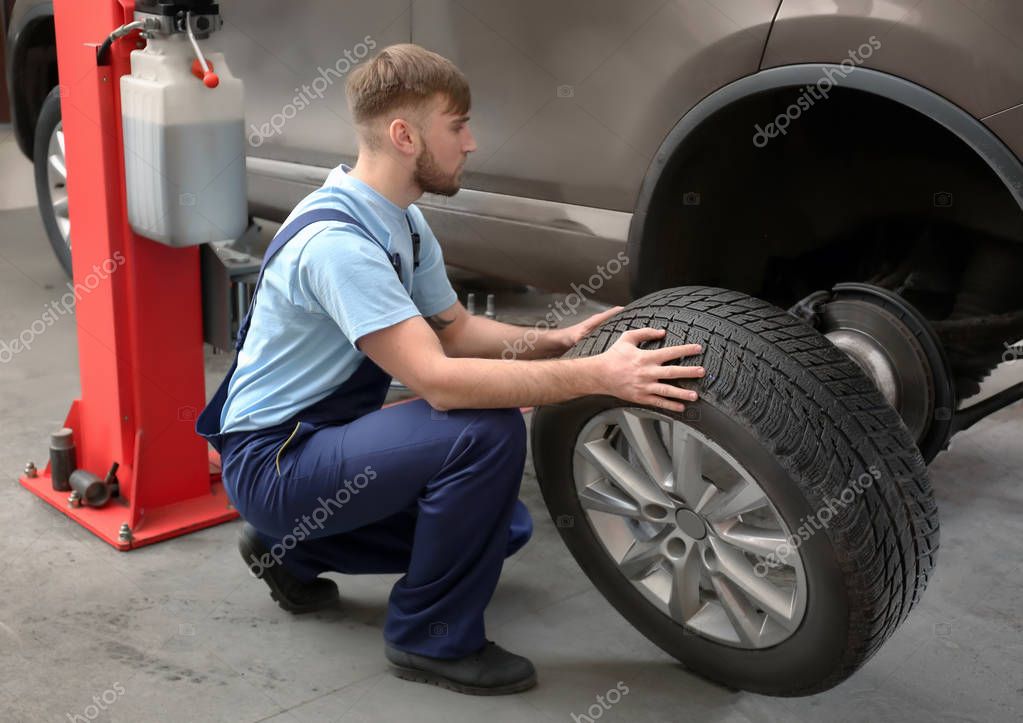
The coolant is gradually losing consumer characteristics. The operating temperature range is reduced. In addition, the use of old antifreeze leads to corrosion of the cooling system. The quality of antifreeze is checked during car maintenance in the technical centers of FAVORIT MOTORS Group of Companies. If necessary, the master will offer to replace it.
Even a fully charged battery will eventually run out of steam. If the car has stood for 3-4 months, then the battery will require charging. If the battery has been inactive for several years, then most likely it will have to be changed. The battery life is 5 years, but in a discharged state, irreversible changes are possible. High temperatures have a particularly negative effect on it.
Therefore, before starting the car after a long period of inactivity, the battery must be fully charged. Of course, it is possible to "light up" from another car.
“Wipers” tightly pressed to the glass after a long period of inactivity usually fail.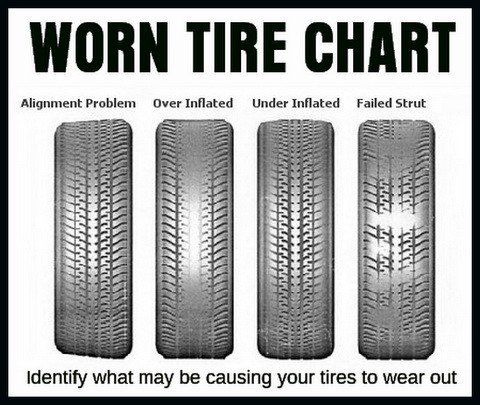 There are streaks on the glass. It's hard to see, and the windshield is scratched. The obvious solution is replacement.
There are streaks on the glass. It's hard to see, and the windshield is scratched. The obvious solution is replacement.
Tire life is 5 years. Then the rubber starts to break down. The tire is marked with a four-digit marking: the first two digits indicate the week number, and the subsequent ones indicate the year of manufacture. Tire storage is a separate issue. They must be installed vertically, turning from time to time. Of course, this is not done on a car.
If the age of the wheels is large, then the operation of old tires is dangerous. You need to change them as soon as possible, and until then, drive carefully, without making sudden maneuvers and without developing significant speed.
In addition to tires, other rubber parts can also fail - pipes, hoses, seals, drive belts, oil seals. It is for this reason that it is recommended to periodically lubricate the rubber seals with silicone grease - such work is included in the list of scheduled car maintenance in the technical centers of the FAVORIT MOTORS Group of Companies. If the product has lost elasticity and small cracks are visible, then replacement is required. You can take your time with the seals, but you should not hesitate with the current oil seals, warped brake hoses and drive belts.
If the product has lost elasticity and small cracks are visible, then replacement is required. You can take your time with the seals, but you should not hesitate with the current oil seals, warped brake hoses and drive belts.
After prolonged inactivity, trouble with the air conditioner is possible. A refrigerant leak is quite likely: the compressor works, but life-giving moisture does not flow. Restoration of the air conditioner in the technical center of FAVORIT MOTORS Group takes 1-2 hours.
Another problem: the appearance of harmful bacteria - the so-called legionella - in the air pipes. In this case, disinfection is necessary. The interaction of the organism with legionella leads to diseases, even severe forms of pneumonia are possible. Legionella is especially dangerous for children and the elderly. For safety reasons, it is also worth replacing the cabin filter.
A car that has stood for a long time needs a comprehensive check, which can be carried out by highly qualified masters of the FAVORIT MOTORS Group of Companies.